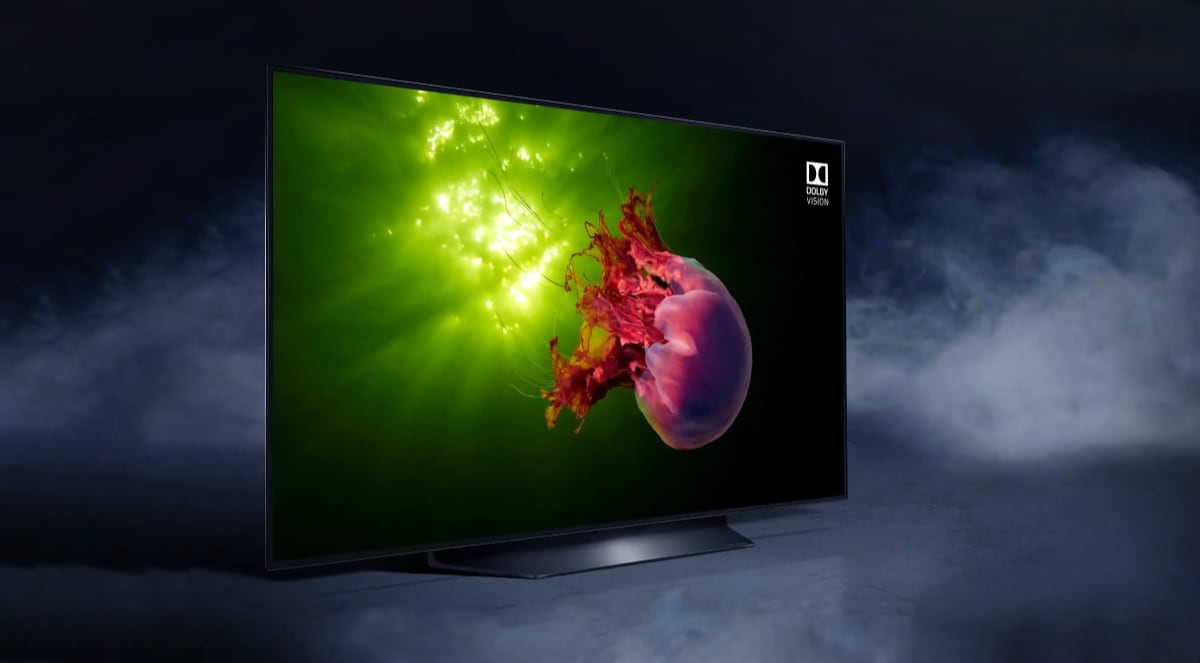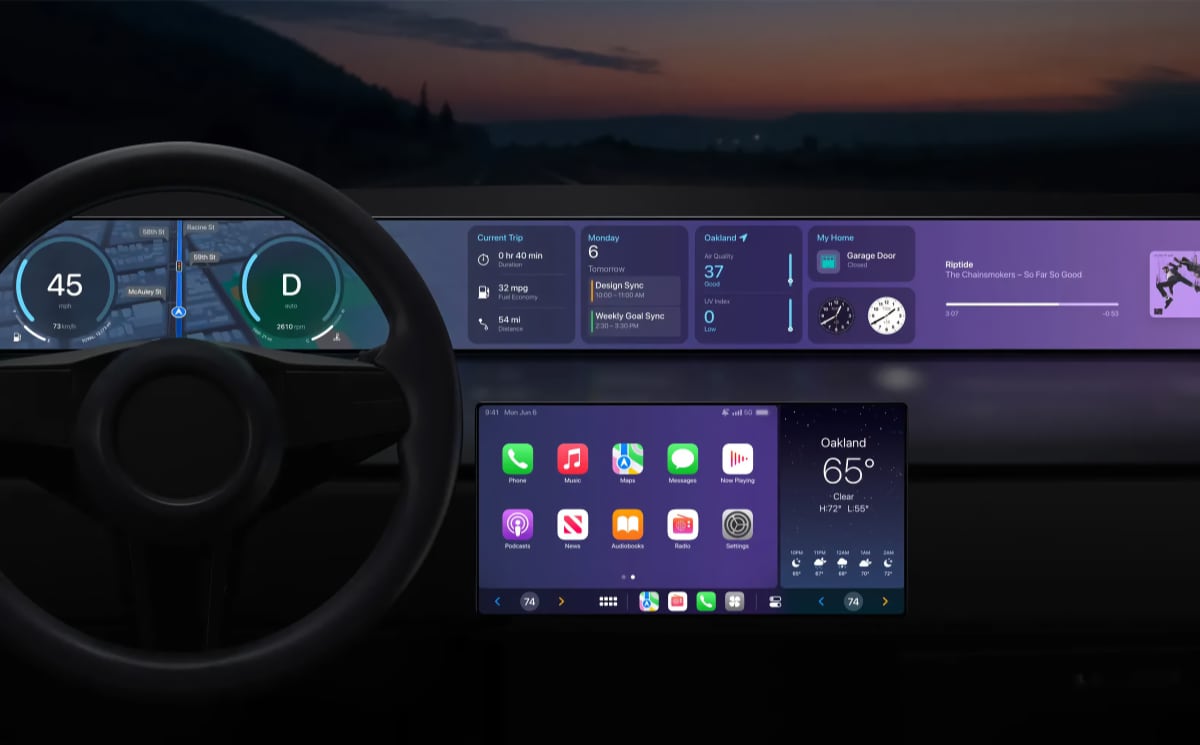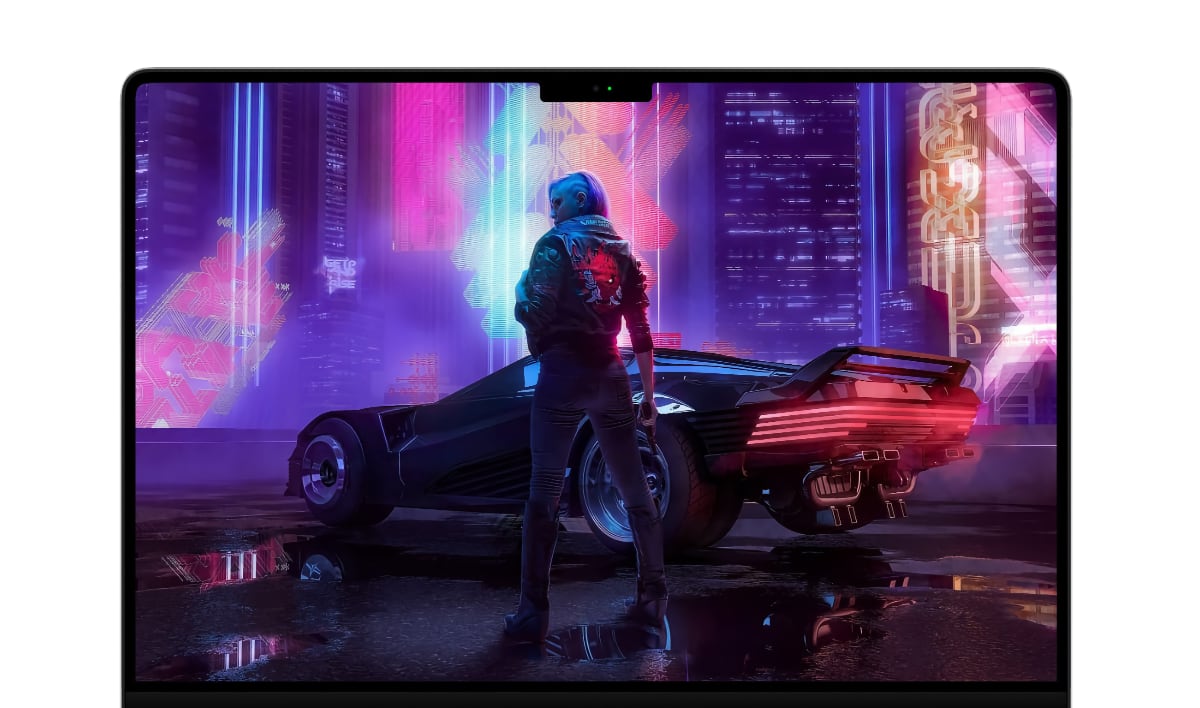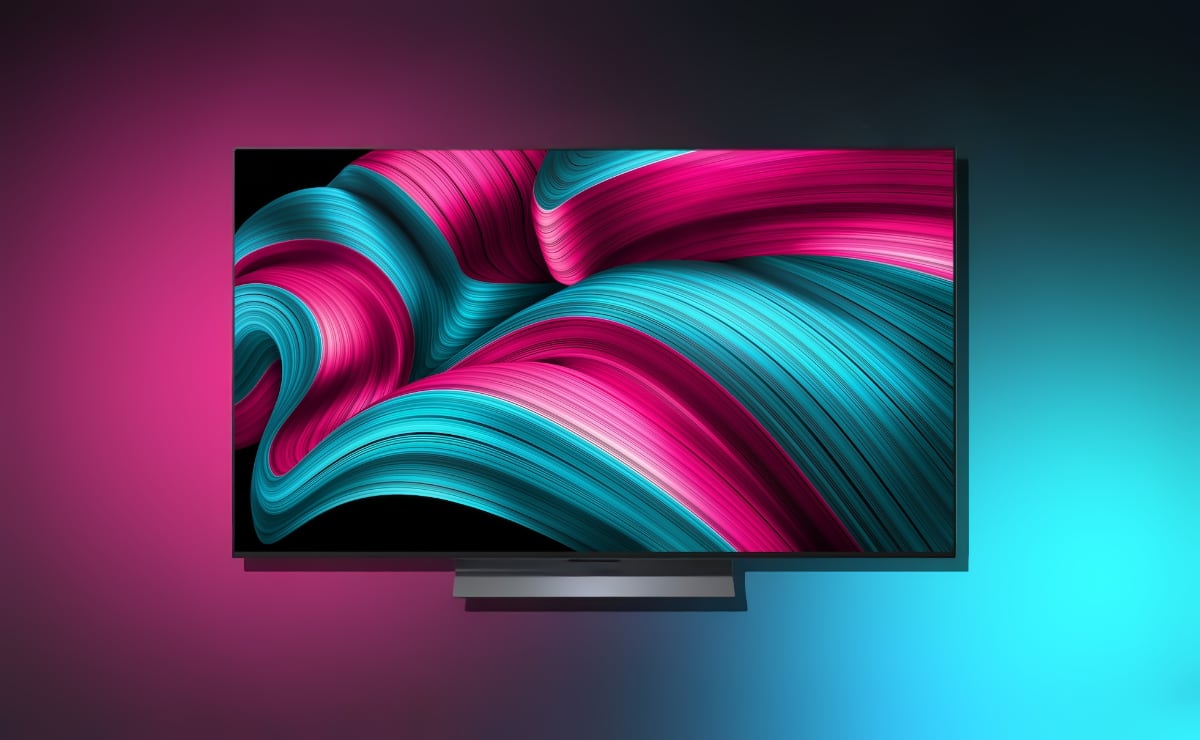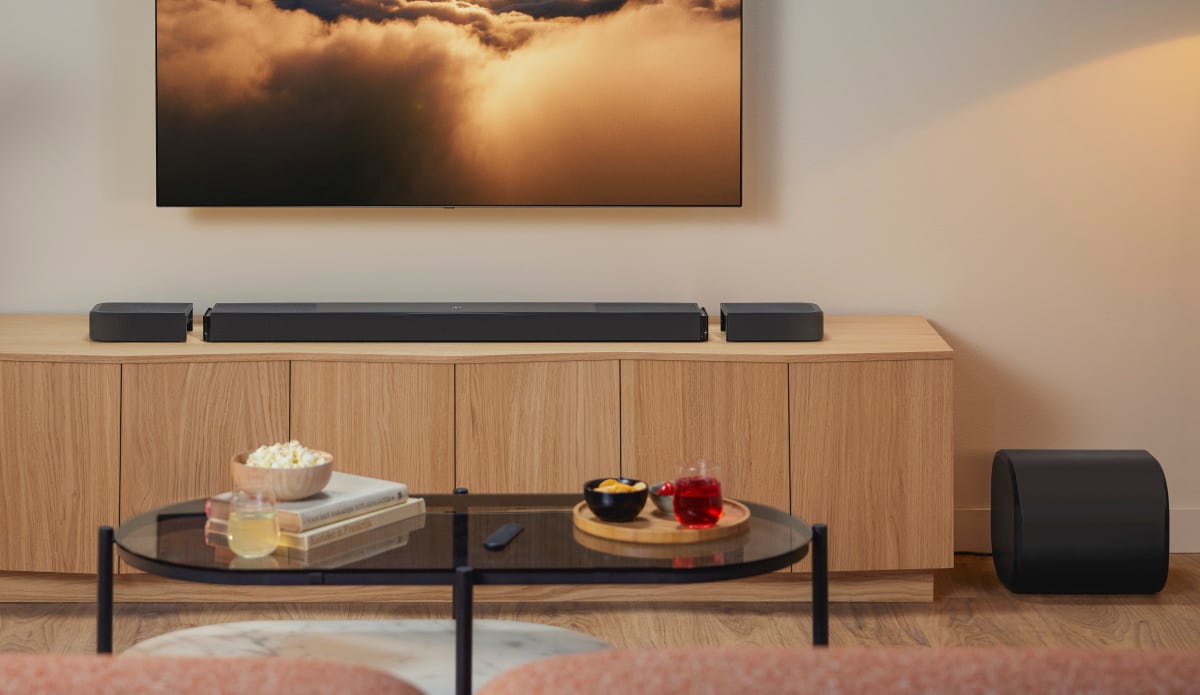In addition to basic HDR10, game developers using Unreal Engine can now easily leverage HDR10+ and Dolby Vision, paving the way for more games in premium HDR formats.
Games can look glorious in HDR's wider range of luminance and color, or they can look exactly like they used to, depending on the creative intent.
The industry as a whole, however, is increasingly embracing HDR technology, and deep implementation of HDR formats into tools, such as game engines, gives developers a bigger toolbox and saves them time.
Dolby Vision in Unreal Engine
Dolby Labs released native Dolby Vision and Dolby Atmos plug-ins for Unreal Engine in late June 2023. Unreal Engine is currently the most popular game engine and thousands of games are already built on.
- "With the native integration of Dolby Vision and Dolby Atmos into Unreal Engine, it is becoming even easier for developers to delight players with astonishing visuals and immersive sound," said Mahesh Balakrishnan, VP of consumer entertainment at Dolby Labs.
A game developed in Dolby Vision is backwards compatible with HDR10 and SDR – but not with HDR10+. Dolby states that the GPU latency when using Dolby Vision is less than 0.2 ms.
The Dolby Vision plug-in (found here) is compatible with Unreal Engine versions 5.1 and 5.2, and it is currently limited to games designed for Windows 10 or later and Xbox Series X/S. Meanwhile, the Atmos plug-in is also compatible with games on Android and Xbox One.
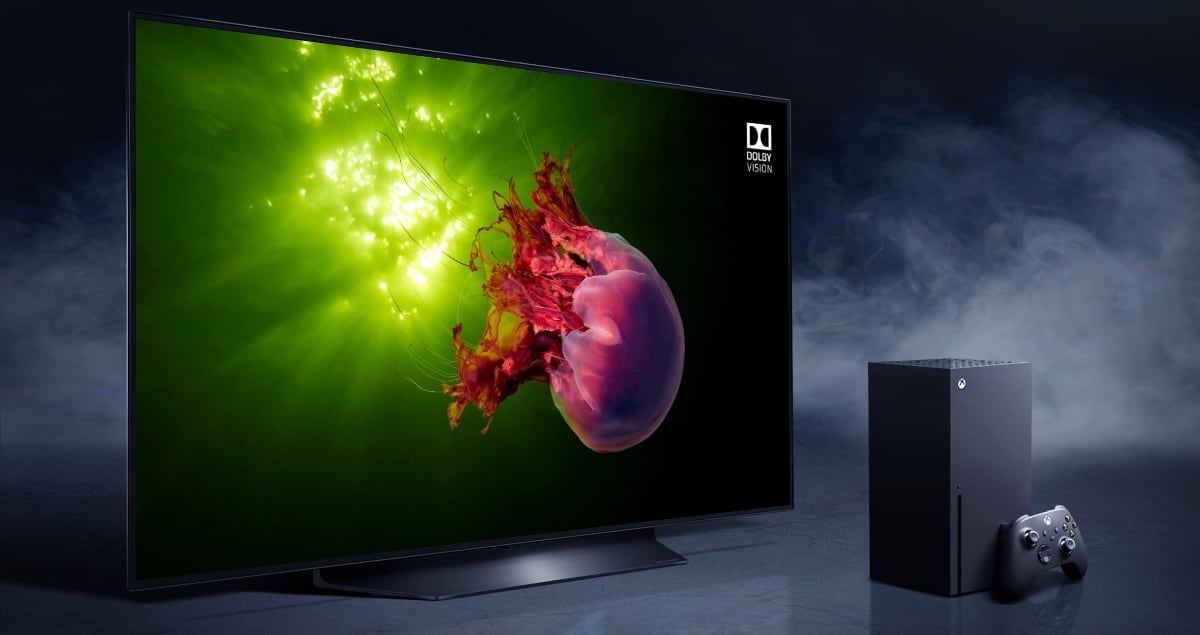
Xbox Series is the first console to support Dolby Vision gaming. Photo: Microsoft
HDR10+ in Unreal Engine
This week, the HDR10+ Technologies industry group, led by Samsung, announced an HDR10+ Gaming plug-in for Unreal Engine, available for free to game developers.
- "We are pleased to provide this new Unreal Engine plug-in directly to studios and developers to allow faster access to HDR10+ games on certified monitors and televisions," said Bill Mandel, co-manager at HDR10+ Technologies. "We believe this new plug-in will further expand the adoption of HDR10+ Gaming across the industry."
Similar to Dolby Vision Gaming, HDR10+ Gaming supports automatic HDR calibration between the game and TV display, VRR, and 4K 120Hz.
The HDR10+ Gaming plug-in (found here) is compatible with Unreal Engine versions 5.2.1 and 5.3, and is limited to Nvidia GPUs on Windows 10 or later.
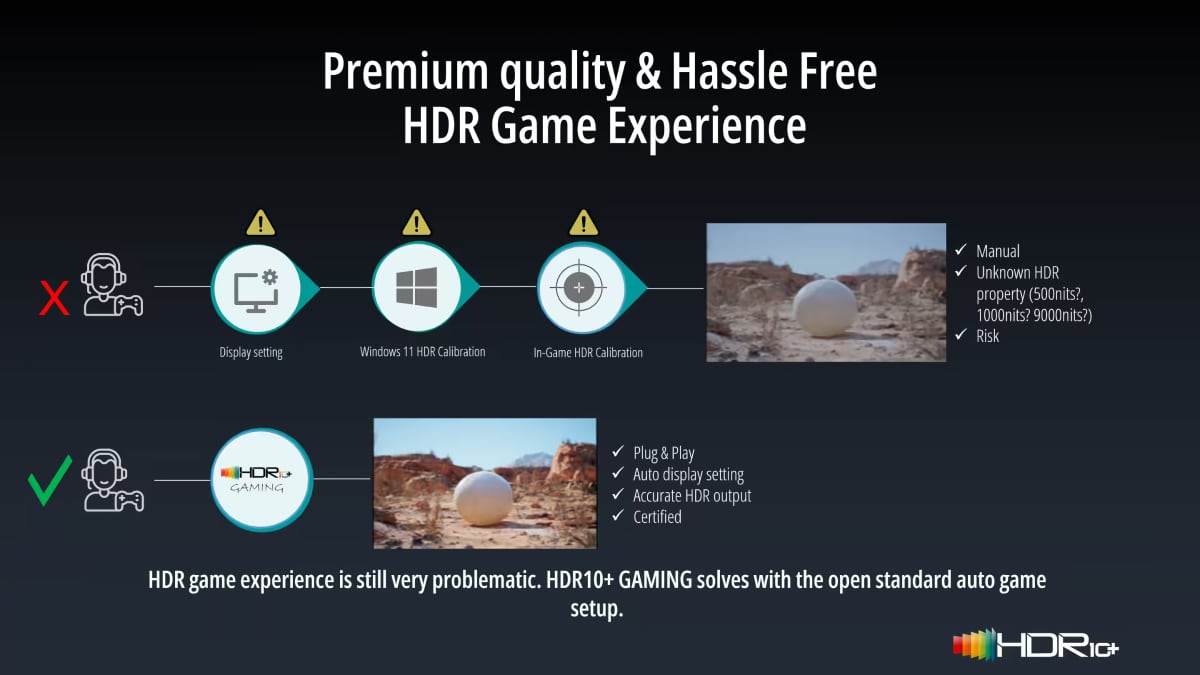
The concept of HDR10+ auto-calibration. Illustration: HDR10+ Technologies
Games in Dolby Vision & HDR10+
There are already a handful of games available in Dolby Vision on Xbox Series X/S and the first game in HDR10+ will be The First Descendant, which is expected to arrive next year. Many games are currently available in the base HDR10 format.
Dolby Vision holds an edge over HDR10+ in terms of adoption in gaming and we anticipate this trend to persist in the near future, but the new plug-ins for both formats are likely to foster their adoption in the gaming domain.
Still, achieving widespread adoption of dynamic HDR formats in PC and console games requires additional efforts, broader support, and an expanded user base of TVs and monitors with proper HDR hardware capabilities. Dolby Vision Gaming and HDR10+ Gaming are extensions of regular Dolby Vision and HDR10+ and must be supported explicitly in monitors and TVs.
Xbox Series supports HDR10 and Dolby Vision while PlayStation 5 supports only HDR10. No game consoles support HDR10+ at this time.
Unity 3D, the other major game engine, can work with Dolby Atmos sound but does not have native support for HDR10+ or Dolby Vision.
- Source: Dolby, HDR10+ Technologies via MediaPlayNews

